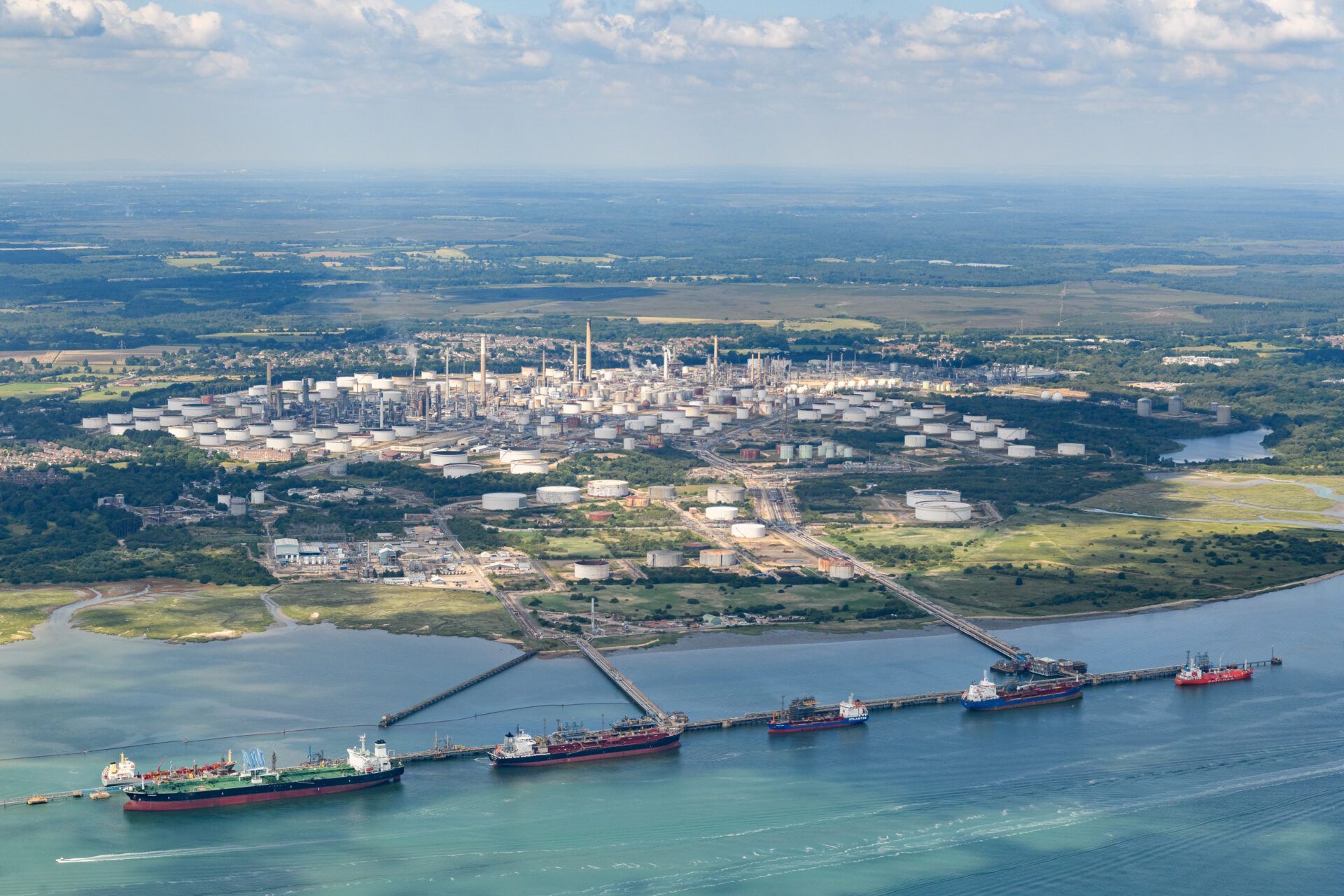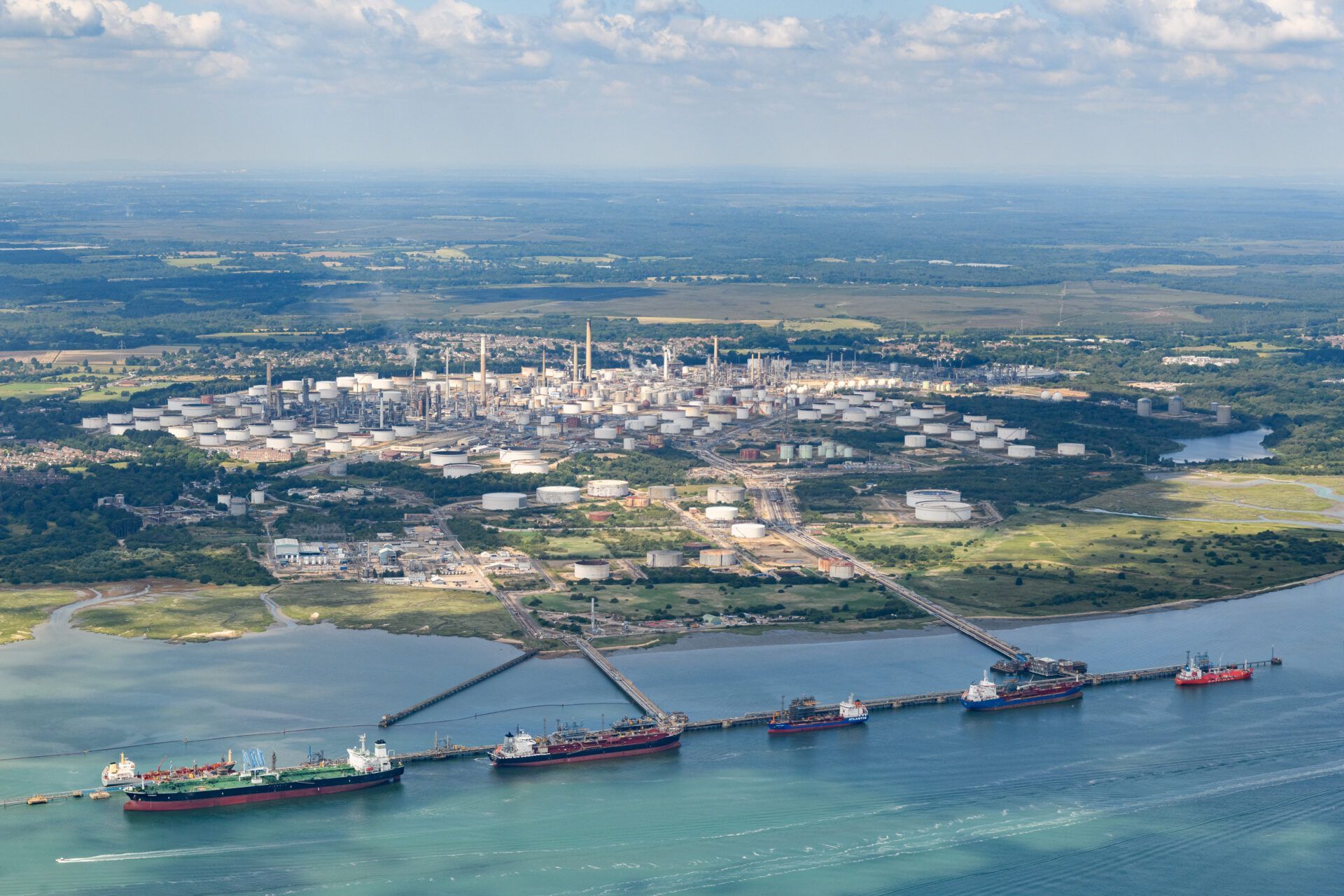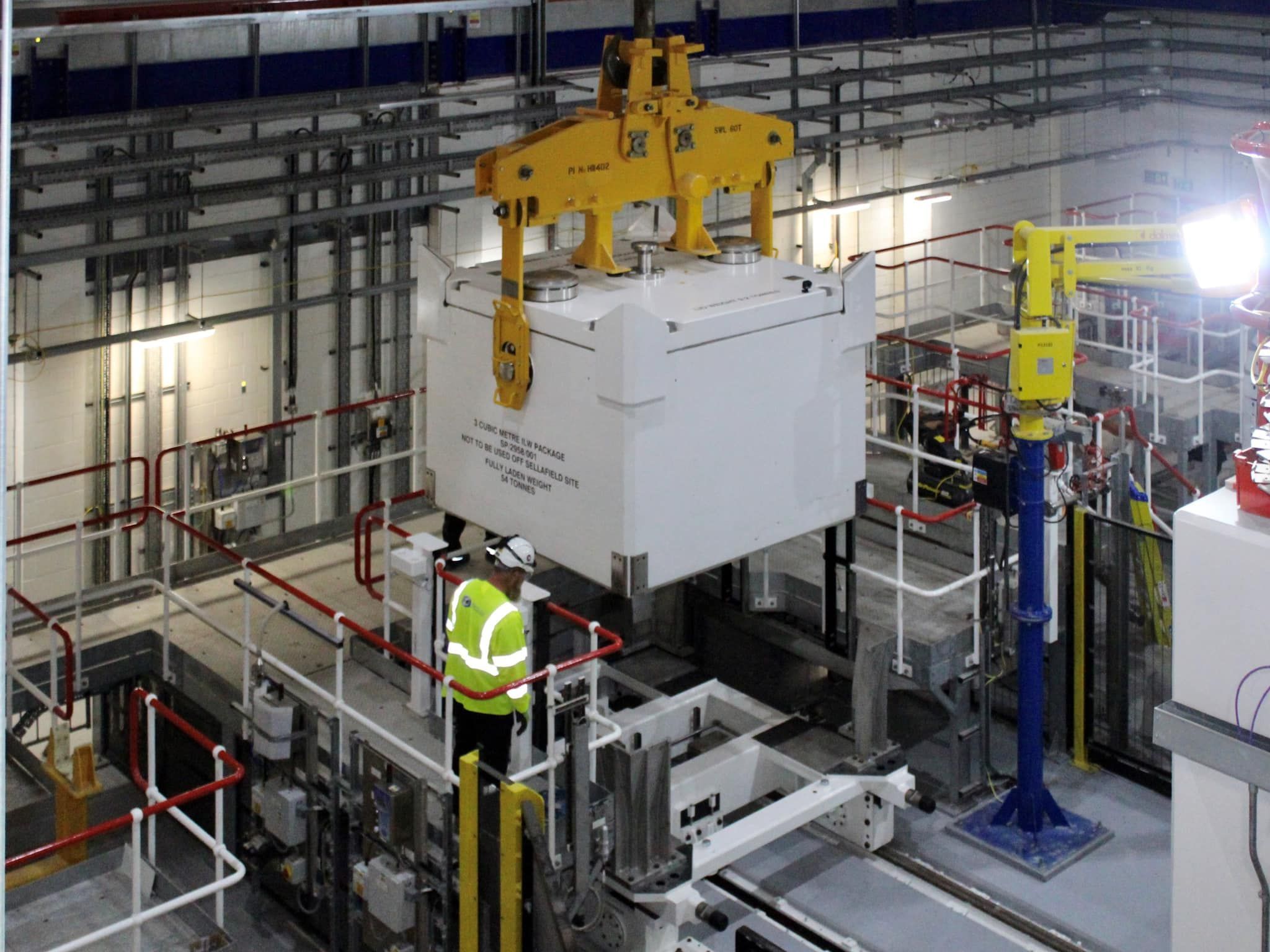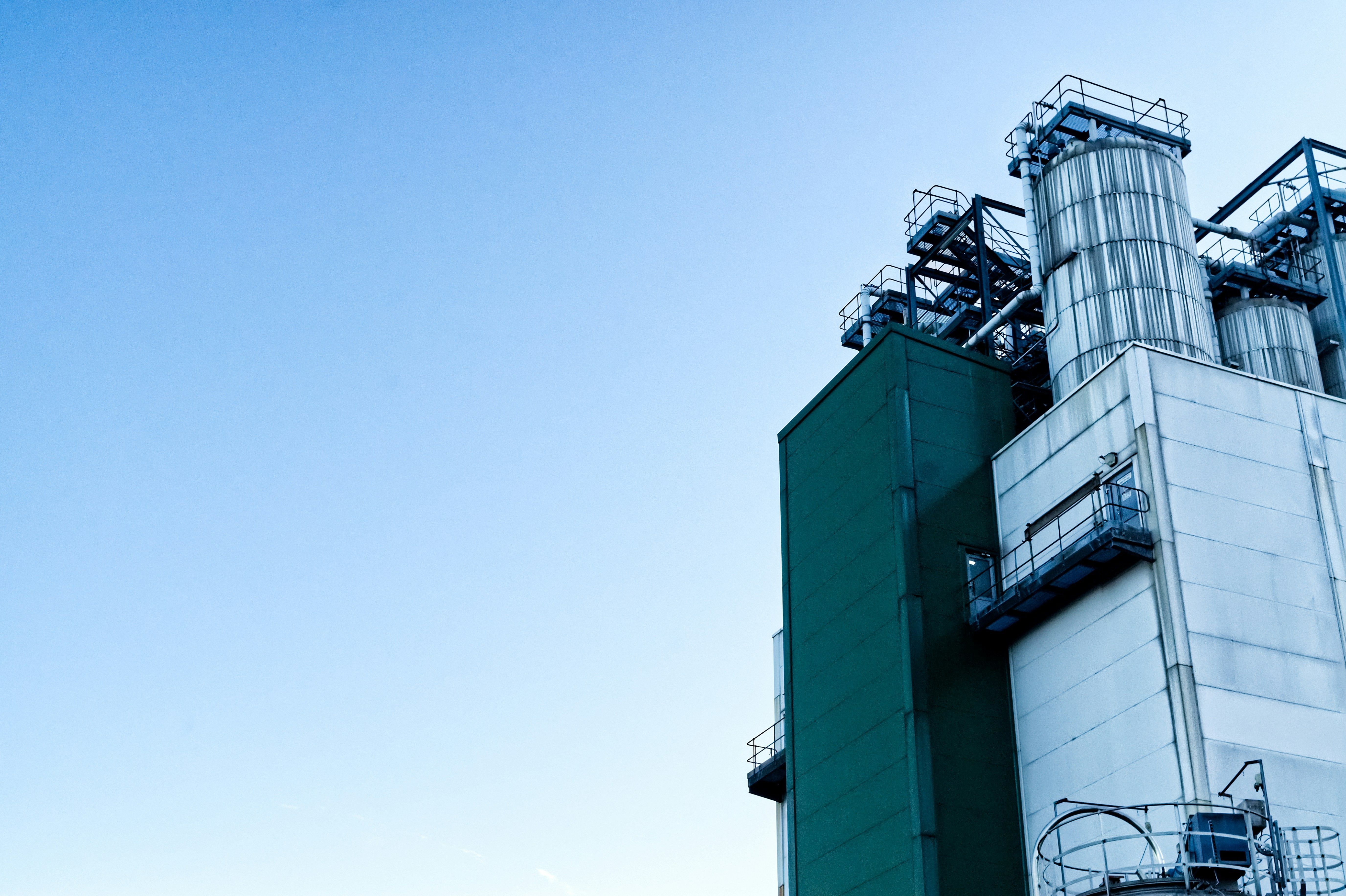As part of a wider collaborative project, Ada Mode was tasked with developing and analysing several pathways for achieving Net-Zero by 2050 given a series of constraints and potential anchor projects that would facilitate industrial decarbonisation of the region.
Modelling Approach
Using a mixture of data provided by partners, stakeholder engagement, integration of research and open-source data, an initial model of the Solent Industrial cluster and its processes was recreated using a linear optimisation method. This was done via a modified approach based on the equations located within the OSeMOSYS open source modelling system for long-run integrated assessment and energy planning.
This allowed for the modelling project to be based on a citable standard of energy system modelling, while allowing for additional dynamic modelling recreation. The variation of parameters found within the modelling allowed for a key dilution of elements into a node-based relationship network, allowing for dynamic re-modelling where connections to nodes may vary.
This was coupled with a large literature review of the current methodology required to decarbonise key industries. Stakeholders with complex decarbonisation requirements were interviewed with literature analysed to identify potential key requirements for additional infrastructure, and potential timelines.
In addition, geospatial mapping was performed to identify a mixture of constraints for the area, with key limitations for future development identified and analysed against future energy scenario concepts.
Visualisation & Key Modelling Approach
The complexity of the modelling and its rapidly shifting state throughout the timeline of the project resulted in a need to integrate core developer tooling to allow for more dynamic re-modelling of pathways and scenarios.
To help effectively model, a developer tool was designed to assist with making the foundational OSeMOSYS platform more efficient within modelling, restructuring and necessary citations. This allowed for rapid optimisation using the cutting edge of new research, such as the release of FES 2024 halfway through the project.
To help communicate results from energy system modelling effectively, a geospatial map view was developed in-tandem, with an interactive graphing dashboard allowing for key analysis of different geospatial data for stakeholders and proving critical for development within the report.
This solution was deployed as a cloud service on AWS, allowing for effective core deployment while remaining adaptable and scalable to future project growth.
Outcome
Focusing on adaptable energy system modelling greatly assisted when certain critical anchor projects were suspended. This in turn allowed for a swift re-evaluation using dynamic modelling.
This series of pathways provided critical communication for the Solent Cluster, and allowed for a re-structuring of modelling frameworks, as well as adaptability to new data, and further graphs of results within the modelling.
Close stakeholder and customer communication meant that the data provided could also be shared in a map-based Web-UI, allowing for stakeholders in the Solent Cluster to have a method of identification and analysis of data.
This resulted with a release of the Solent Local Industrial Decarbonisation Plan (LIDP) Transitioning Pathways report, found here. The work from AdaMode led to a series of scenarios and pathways that the Solent Cluster may realistically approach to reach Net Zero.



